Colombia: Middle Earth
In the very middle of Latin America sits Colombia, the country that best encapsulates the spirit of the entire continent.
It’s the only South American state with coasts on both the Pacific and Atlantic oceans and the only one connected by land to Central America. It’s an Andean nation, an Amazonian nation, a Caribbean nation, and a Pacific Rim nation. It’s territory includes beaches, jungles, deserts, alpine meadows, snowy peaks, and island archipelago.
And if Colombia’s geography is a cross section of Latin America’s landscapes, Colombians are a cross section of Latin America’s people.
In the big cities – especially in Bogotá – the European influence is reminiscent of Buenos Aires and parts of the Southern Cone. In the coastal north, the Afro-Caribbean culture will be familiar to travellers entering from Central America. In rural areas, including the Amazon, indigenous Colombians maintain the country’s most ancient languages and traditions, as they do in much of rural Latin America. About half of Colombians are mestizos, descended from native Americans and Spanish colonizers of the colonial period.
Several land and sea crossings connect Colombia with Central and South America. The four I have taken are Paraguachón, Cúcuta, Ipiales, and Cartagena (by sea). Of these, the most rewarding and beautiful by far was the five-day boat trip from Panama to Cartagena, stopping in the San Blas archipelago. Crossing from the Ecuador border at Ipiales was busy but relatively uncomplicated. The Venezuelan crossings at Cúcuta and Paraguachón, however, were a bit dodgy and required more attention.
Colombia will likely never live down its reputation as a troubled country. The civil war that began over half a century ago became hopelessly exacerbated by the United States’ meddling under the guise of their so-called war on drugs. Now, relentless stories of kidnappings, extortion, and murder have clouded people’s impression of Colombia and many travellers avoid it.
But if you’re willing to see beyond the exaggerated headlines and drug war propaganda you’ll discover one of the hemisphere’s most diverse, beautiful, and overlooked countries; a true microcosm of Latin America.
Official Name: La República de Colombia
Area: 1,138,910 km² (439,736 sq. mi.)
Population: 45 million
Capital: Bogotá
National Official Language: Spanish
Other Languages: Awa, Emberá, Guahibo, Islander Creole English
Currency: peso colombiano (COP)
Highest point: Pico Cristóbal Colón 5,776 m (18,950 ft.)
Lowest point: Pacific Ocean 0 m
Feature image (top of page): Nariño department, Santuario de Las Lajas, lower right.
© El Pedalero, 2012.
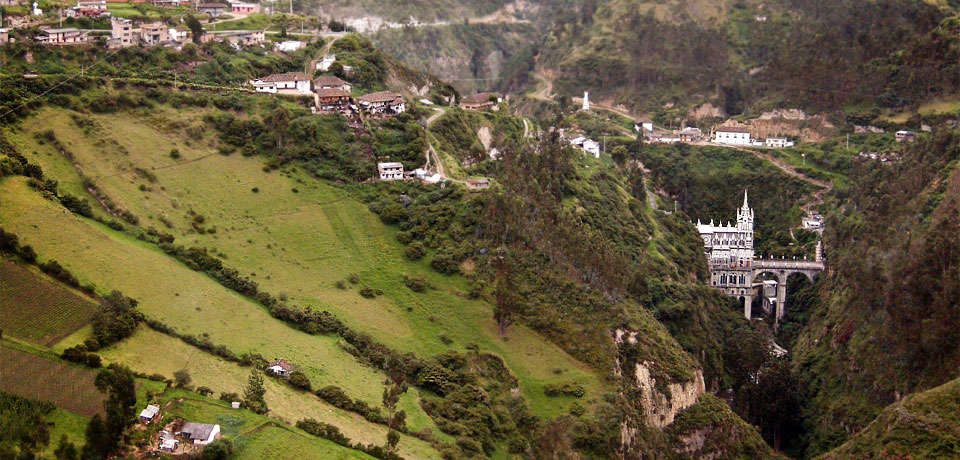
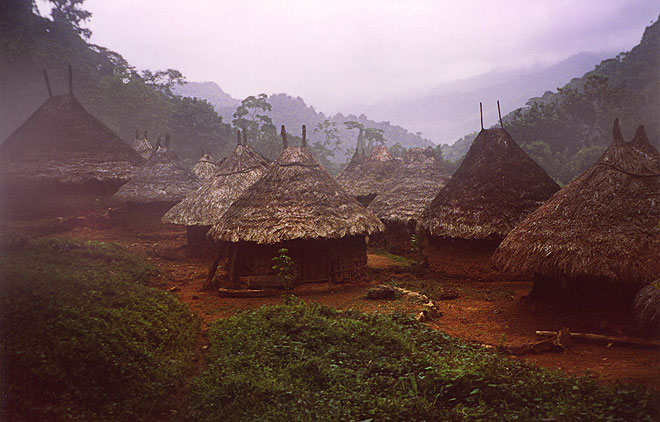



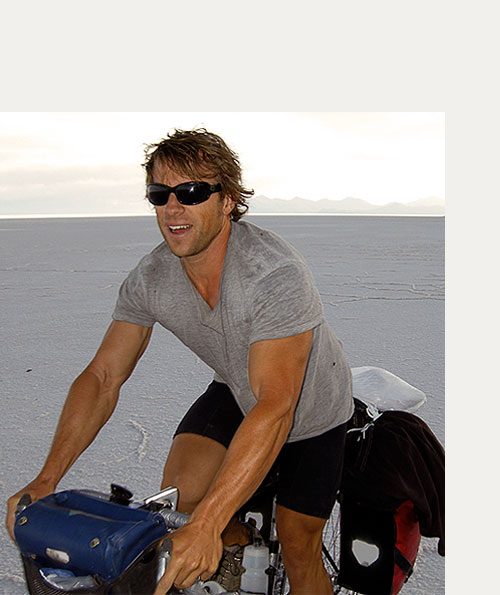
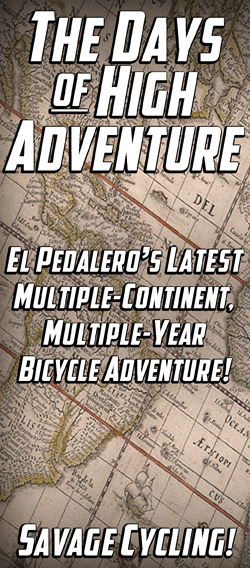
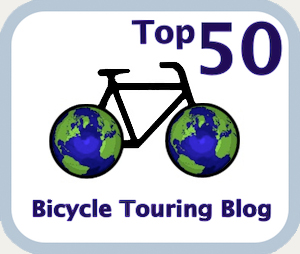
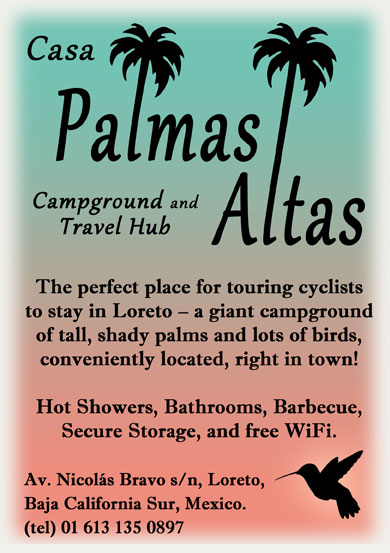
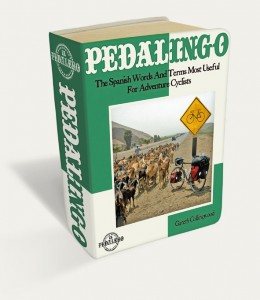
Hola amigo el pedalero,
Your website is really helpful, thanks for that! I am thinking for a three to four month bike route from Mexico city to Lima, Peru, next January! Any tips would be welcome, particularly on crossing the borders (I am an EU citizen) by bike, etc.
Thanks .
Ilias.
Hola Ilias.
I apologize for the delayed response to your comment – I’m in the middle of touring myself right now, finding internet where I can. I’m not familiar with the visa requirements for EU citizens at all the border crossings, but I wrote a couple of general articles on border crossings you might find helpful HERE and HERE.
As for your route, Mexico to Lima, all I would say is don’t forget to explore Mexico while you’re there. Some of Latin America’s most rewarding bike touring is in Mexico. Many cyclists blast through the bottom of Mexico and miss out on some great stuff.
Best of luck with everything!
GC
Halo El Pedalero Garetj,
My name is Jhessye and I am a female bicycling solo (as of now) starting off from Bogota. I am going there in a few weeks and I must say that your website is an excellent resource mi amigo. My hope is to bicycle to Peru and then some. I will email you later. I have one question that I would like to ask now. Did you stay in peoples’ homes/farmland while on the road? I am really interested in doing that. I want to learn about Colombia from the mestizos and many other personas de Colombia. So excited. I leave in like 2 weeks from Friday. Yee haw.
Salud!
Jhessye 🙂
Hey Jhessye,
Good to hear from you! I’m happy to hear you’ve found some useful information on El Pedalero.
To answer your question, my sleeping arrangements involve a mix of wild-camping, cheap hotels/hostals, and graciously-accepted invitations to stay at private homes.
Colombia is amazing!
¡Mucha suerte!
Gareth
Hey, thanks for the article and pedalingo! Me and a buddy are doing a three week tour of Colombia at the end of January and are interested in any additional info./tips you may have-particularly if camping is safe/worth it. I’ve toured quite a bit through asia and have traveled in s.america but not by bike yet! My spanish is passable enough to get by. Anyway, hope to hear from you and thanks again for the site!
Thanks for dropping by El Pedalero, Chris!
I always tour with a tent, personally (you never know when you’ll need it). That said, Colombia has very reasonably-priced hotels and hostals in any town I’ve visited.
Three weeks would be perfect if you concentrate on one area – the CCLC, for example.
Feel free to email me with specific questions!
Saludos,
Gareth